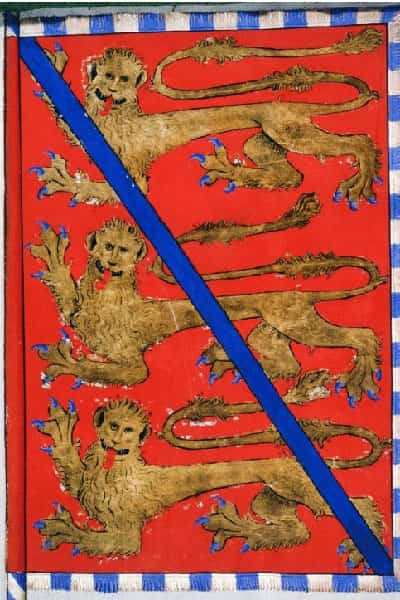The Duchy of Lancaster
The earldom of Lancaster was created in 1267 by King Henry III for his second son, Edmund. This came in the aftermath of England's first revolution, in which Simon de Montfort, Earl of Leicester, had seized power. The new earldom incorporated the Honour of Lancaster, based at Lancaster Castle, and the earldoms of Leicester and Derby, seized from disinherited Montfortians. To this great estate, the earldoms of Lincoln and Salisbury were added, in 1311, and then the Honour of Clitheroe, in 1348. This was an extensive, private land holding that brought swathes of the country's population and lands under the earl's jurisdiction. In 1351, the title 'Duke of Lancaster' was first bestowed on Henry Grosmont. His daughter Blanche married John of Gaunt, the second Duke of Lancaster. The heir to the Duchy, Henry Bolingbroke, seized the English throne in 1399, becoming Henry IV. He decreed that the Duchy should be held separately from all other Crown possessions and descend through the monarchy as a private estate. Today the estates of the Duchy belong to His Majesty the King and cover more than 18,228 hectares across England and Wales.

















